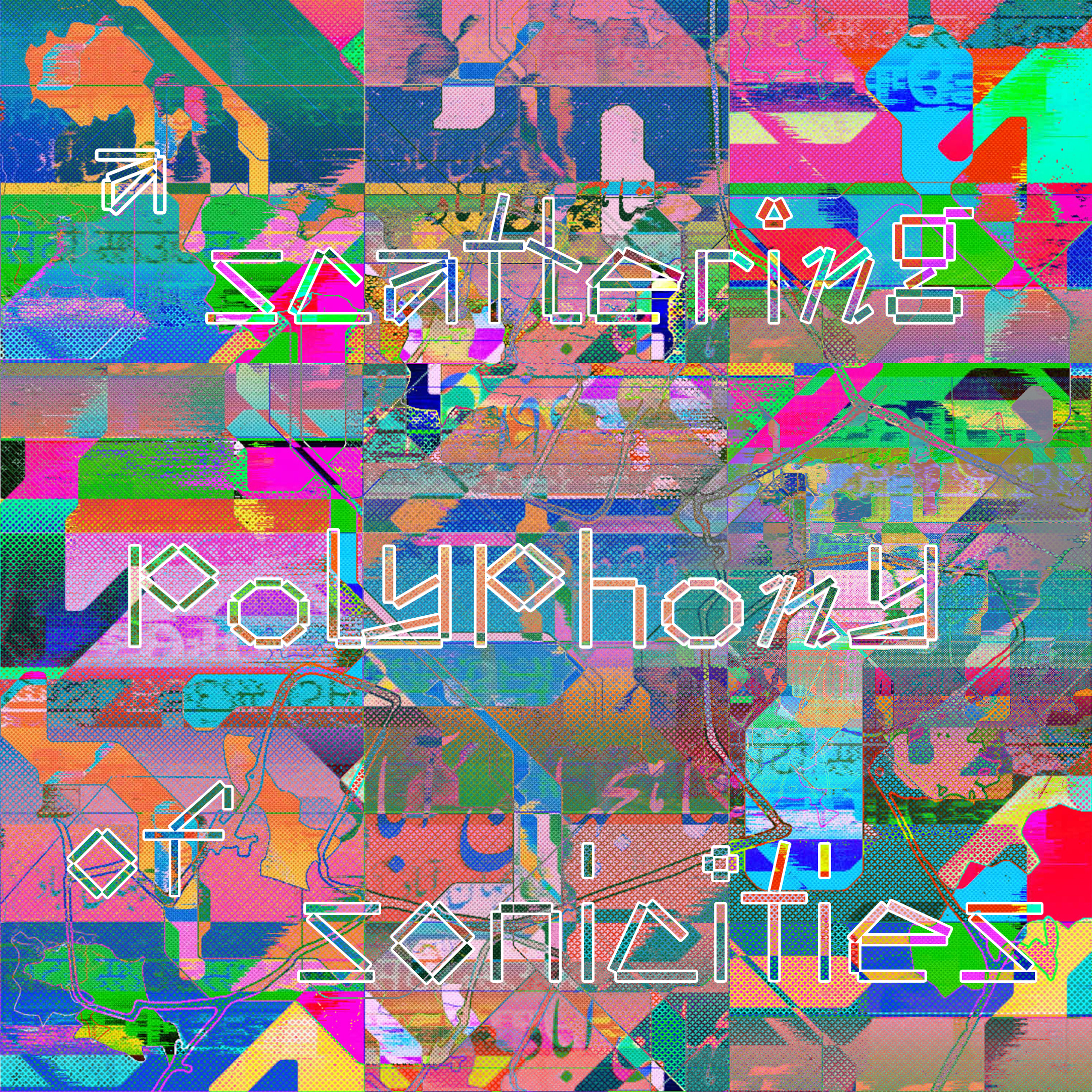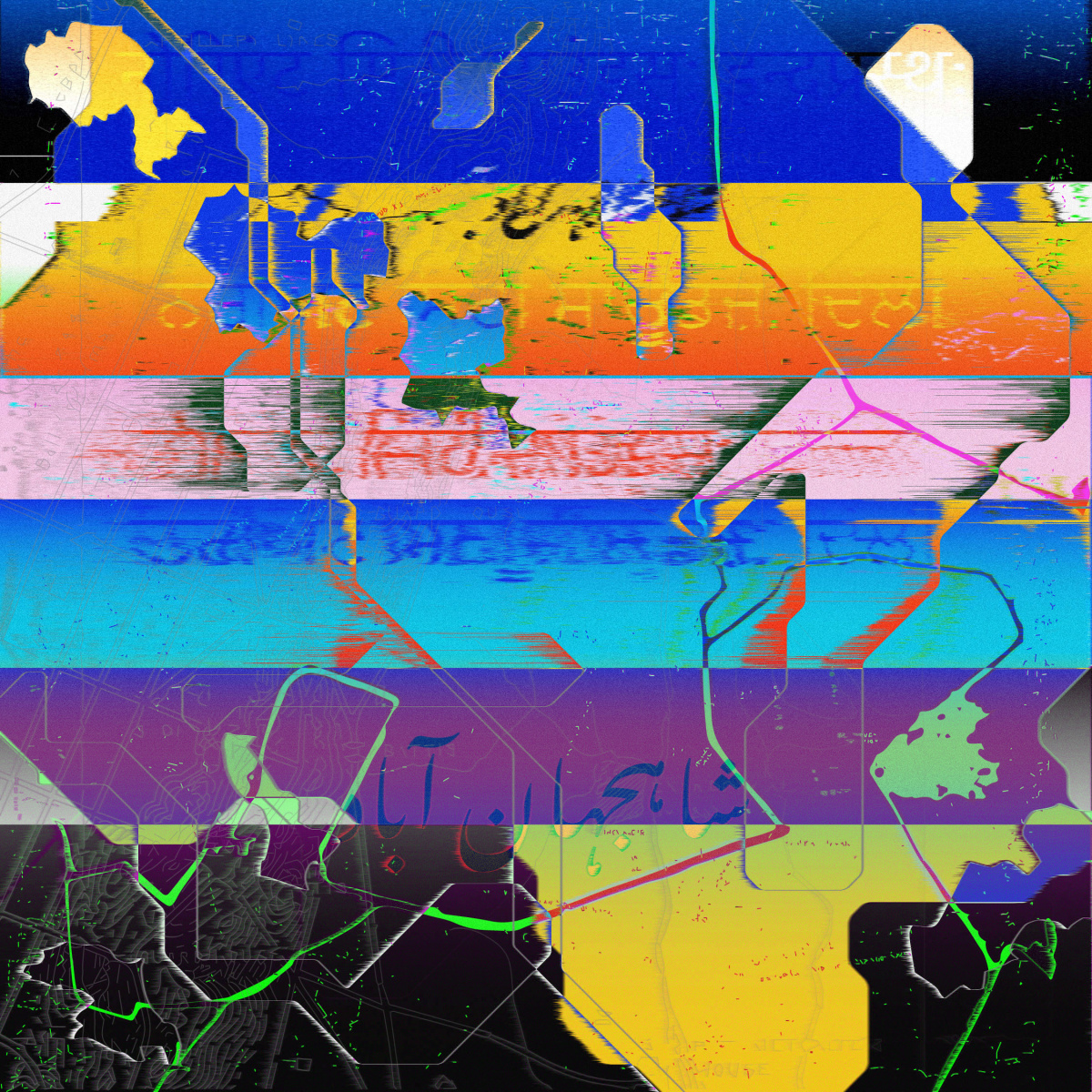
Listening to a Chimera
The third edition of the Norient City Sounds series is moored in Delhi, India, listening to a polyphony of voices, songs, sounds, and narratives that reimagine the city as a sonic chimera. Here, Suvani Suri, the curator and editor of the series introduces the frameworks and impulses binding together this virtual exhibition of sound pieces, texts, films, photo-essays, conversations, graphic panels, and other deliberations on ways of sounding and listening in the city.
«This Delhi that we uphold is an imaginary… it doesn’t exist.»
The provocation by musician Madan Gopal Singh resounds in my head as I unpack the intuitions with which I began assembling this collection– the impossible task of making sense of this strange chimerical being that is Delhi, appearing in parts and guises at different moments in time.
How does one listen to the deeply layered and complex sensorium of a city that both senses and is sensed in a multitude of ways? To frame a response to this, I turn towards Brandon LaBelle who reminds us that «Forms of listening are ultimately productions of subjects and sites, knowledges and relations, contouring and shaping the subjective and the intersubjective» (LaBelle 2020, 161).
In this episode, through a staging of encounters with several forms of listening, an assortment of artistic enunciations emerge in various formats. With them, we hear the noise, silence, disquiet, and rhythms of migration, movements, intimacies, and schisms in a city that is composed of a spectrum of frequencies spilling out of the grasp of time and geography. Each site and mode of listening unconceals the many worlds and characters that constitute Delhi’s abundant sonicities.
A police inspector by day turns into a music collector by night, dreaming up a listening room to which he can retire – his own elsewhere tucked away from the world outside. A record collector goes digging in Delhi, this time returning to the sites entangled within the crackles in his records. A thick cloud of resonances hovers over a heritage site raising doubts over what has been erased by the state. Omnipresent murmurs of injustice are amplified and the everyday encounters with bigotry flipped around and befittingly responded to with a mixtape that makes one sway.
Auditory explosions sparked by a gathering of brass bands are heard inside the den of a noise musician as he toys with the elaborate sonic circuitry of a city forever lost in relentless construction and demolition. The artists of Kathputli colony, all-too-familiar with these violent soundscapes, assert their place in the city and continue to reinvent their craft.

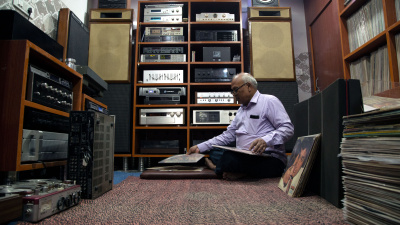
The urge to reinvent is transmitted far and wide – an audio engineer renews his relationship with the city’s soundtrack, insights from another epoch remain relevant and keep resurfacing in different forms every few decades. An ensemble of musicians readapts songs, sounds, and languages searching for the possibility of a new home. In the midst of a constant flux of displacement and flows, a home of one's own is located in the abundant tastes and smells of a neighborhood. Meanwhile, the capital is adrift with the echoic undercurrents of another occupied home – acoustic turbulences of which are carried and transformed into pit stops by its people.
One door closes while another opens into intergenerational lifeworlds that are embodied in poetry, sounds, and sites. Moshpits transform into floodgates of questions that are sieved with care for they both interrupt and sustain scenes and communities. A voice wafting in the contemporary distorts a presumed relationship with time harkening back to another place and era.

Not all silences in the city are tranquil. Some are imposed and they crack open with the whistle of an approaching train that relays the story of a woman waiting at a public space. She joins the midnight walk listening to the streets in the dark for the very first time and stays on until daybreak to flow into the chorus of another dawn.
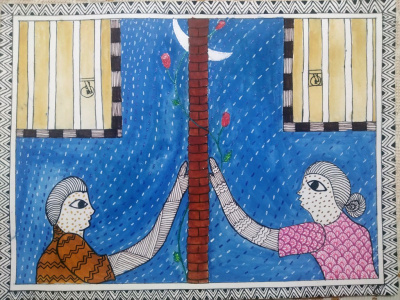
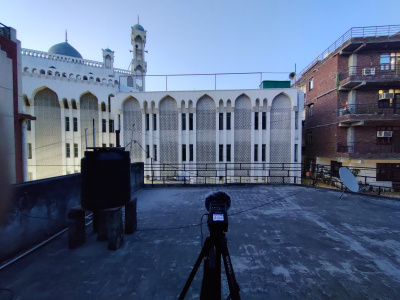
In all these tales, we are privy to distinct sonic thresholds «tuning us to the interplay of meaningful layers that constitute the world, bridging the seen and the unseen, foreground and background, things and bodies with animate forcefulness» (LaBelle 2020, 161).
The city is after all but a state of mind – a web of entanglements and associative movements of thought that yield imaginations, shape desires, and open up an innate capacity to affect the world.
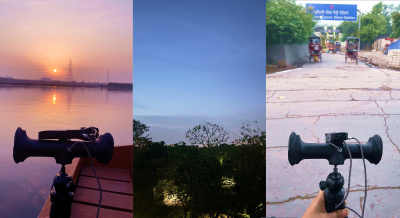
List of References
This note introduces the virtual exhibition «Norient City Sounds: Delhi», curated and edited by Suvani Suri.
Project Assistance: Geetanjali Kalta
Graphics/Visual Design: Upendra Vaddadi, Neelansh Mittra
Audio Production: Abhishek Mathur
Video Production: Ammar
Biography
Shop

Published on September 29, 2023
Last updated on August 14, 2025
Topics
About the micropolitical qualities of sound as a non-conscious experience of intensity.
Why do people in Karachi yell rather than talk and how does the sound of Dakar or Luanda affect music production?
A generative practice that promotes different knowledge. One that listens is never at a distance but always in the middle of the sound heard.
Does a crematorium really have worst sounds in the world? Is there a sound free of any symbolic meaning?
Special
Snap
